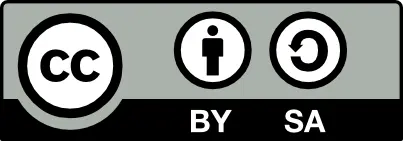Seamless Integration between SAP and Salesforce: Middleware, APIs, and Data Synchronization
Authors: Pavan Kumar Devarashetty
DOI: https://doi.org/10.5281/zenodo.14183842
Short DOI: https://doi.org/g8rc5j
Country: USA
Full-text Research PDF File:
View |
Download
Abstract: The integration of enterprise software systems has become essential for businesses striving for unified processes, streamlined workflows, and effective decision-making. This research focuses on achieving seamless integration between SAP, a leading enterprise resource planning (ERP) software, and Salesforce, the world's leading customer relationship management (CRM) platform. The study aims to address the challenges faced by organizations in integrating these platforms due to differences in data structures, technologies, and processes. By leveraging middleware, APIs, and efficient data synchronization techniques, this research proposes a comprehensive framework for integration. A mixed-methods approach, including qualitative interviews, quantitative analysis, and technical experiments, will be used to assess middleware tools, API configurations, and data synchronization methods. The expected outcomes include best practices for achieving secure and real-time data synchronization, practical recommendations for implementation, and a holistic integration framework applicable to other ERP-CRM systems. This research will significantly contribute to improving operational efficiency, enhancing customer relationship management, and enabling effective business decision-making through seamless integration.
Keywords: SAP, Salesforce, Enterprise Resource Planning, Customer Relationship Management, Middleware, APIs, Data Synchronization, Integration Framework, Real-time Data Exchange, Operational Efficiency.
Paper Id: 231579
Published On: 2023-04-05
Published In: Volume 11, Issue 2, March-April 2023





 All research papers published in this journal/on this website are openly accessible and licensed under
All research papers published in this journal/on this website are openly accessible and licensed under 